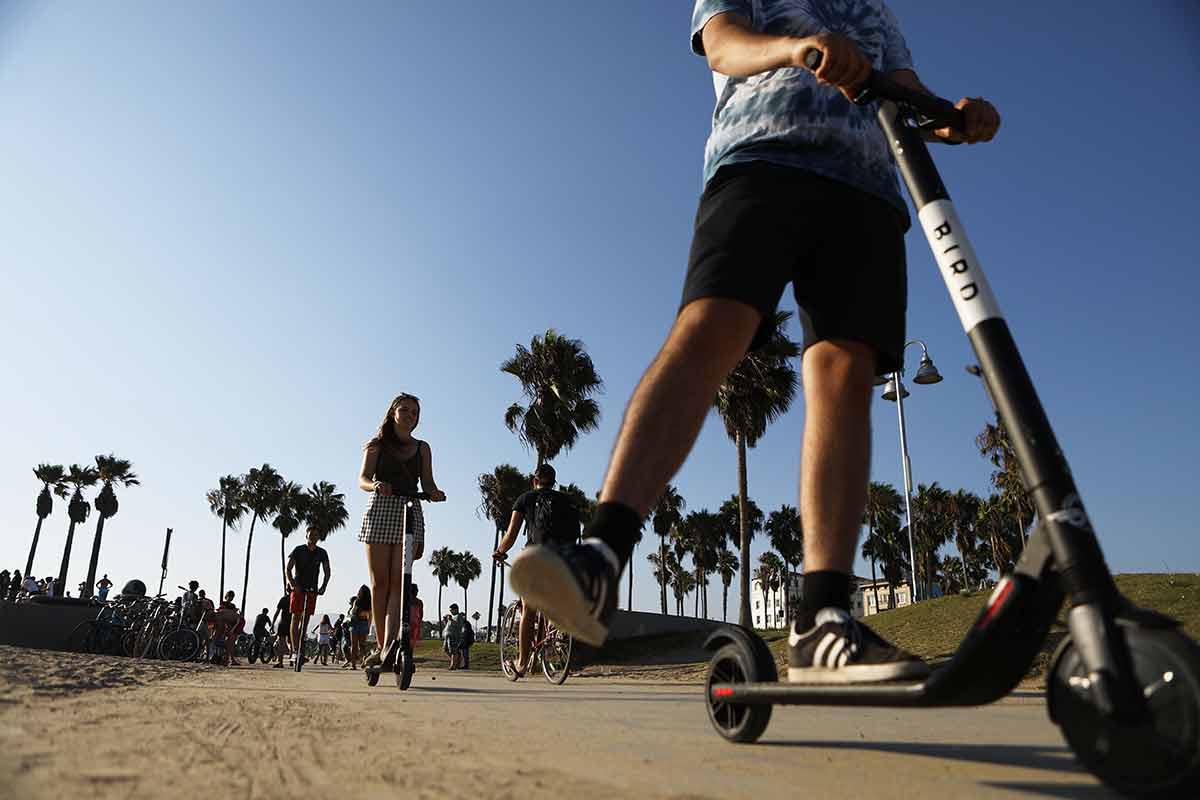Personal mobility devices (PMDs) no longer apply to battery-operated vehicles used by old folks or people with mobility issues to move around. Today, they are more like a cross between skateboards and electric bicycles. They have also become smaller, lighter and more portable than Segway devices used by security personnel in some large shopping malls.
As the popularity of PMDs increase, safety issues have appeared and has prompted calls for regulatory controls. Singapore recorded a total of 128 reported accidents on public paths involving PMDs in 2017, nine of which resulted in major injuries.
Not surprisingly, of all the countries in ASEAN, Singapore is the furthest ahead in regulating PMDs. Its Active Mobility Act (AMA) came into effect on 1 May, and within two months, 297 errant PMD users were nabbed for AMA-related offences.
In Singapore, actual mobility devices and motorised wheelchairs are categorised as personal mobility aids or PMAs while e-scooters, hoverboards and the like remain as PMDs. Electric or power-assisted bicycles (PABs) are placed under a separate category.
PMDs and PABs are regulated under the AMA. An advisory panel on Active Mobility advises the government on measures to be implemented with regards to these two categories of vehicles.
Among them is the compulsory registration of e-scooters and for each device to prominently display identification stickers. This is intended to deter reckless behaviour as the authorities will be able to track down errant users.

Source: Singapore Land Transport Authority
The PMDs must also weigh no more than 20 kilograms (kg) each, not be wider than 70 centimetres (cm) and have a top speed of 25 kilometres per hour (km/h). These limitations mean that PMDs must use smaller batteries which limit their usefulness to food deliverymen and large-sized people.
PMDs are not allowed on public roads (last year, over 480 PMDs were impounded for this offence) while e-bikes are banned from footpaths.
Based on the panel’s recommendations, the speed limit for PMDs and bicycles on footpaths will be lowered from 15 km/h to 10 km/h in 2019 to give users and pedestrians time to react or avoid while reducing the severity of accidents. It will also be mandatory for PMD users to stop at road crossings before proceeding.
A slew of penalties awaits offenders, with up to SGD5,000 (US$3,600) in fines and a six-month prison sentence. If they are involved in an accident and do not stop to help the victims, PMD users may face up to two years in prison.
Instead of making third-party liability insurance mandatory, the Singapore government “strongly encourages” users to purchase it to protect themselves against claims in the event of an accident.
The main intention of these regulations is to ensure the safety of pedestrians, said Senior Minister of State for Transport, Josephine Teo. “We are still some distance away from attaining the desirable level of graciousness and consideration,” she told the media.
“As it stands today, the burden lies more with cyclists and PMD users to demonstrate that the vast majority of them can be relied upon to be safety-conscious and responsible users of public paths,” she added.
Nimrod Sapir, the Israeli inventor of e-scooter Inokim, said e-scooters are intended to be a tool for fun, transport, reducing car usage and many positive things. “Of course, it’s also a vehicle and it needs to be legalised or controlled in some way. There should be some kind of rules to ensure the use of protective gear, having speed, power or age limits,” he said.
He added that users should adhere to local rules. “We don’t want people to think we’re law-breakers or that these riders are horrible and run people over,” he said. He urged users to slow down and ring a bell when approaching people, and to be careful when going up and down ramps and when braking.
An emerging danger with PMDs is electrical fires. The Singapore Civil Defence Force (SCDF) recorded nine incidences of fires involving e-scooters in 2016 and a jump to 40 in 2017. The fires are mostly caused by exploding rechargeable batteries.
The government responded by imposing a requirement for all e-scooters to conform to UL2272, a United States (US) technical standard initially set for hoverboards. Non-compliant PMDs will be outlawed in 2021.
Today, South Koreans are also embracing PMDs and running afoul of their country’s transport regulations. PMDs will likely catch on in other parts of Southeast Asia too. Now may be a good time for various authorities to take notes and learn from Singapore’s experience.
Related articles:
Singapore rolls out tough measures to keep roads car-free
Smart Nation: Singapore's Intelligent Transport System (ITS)
